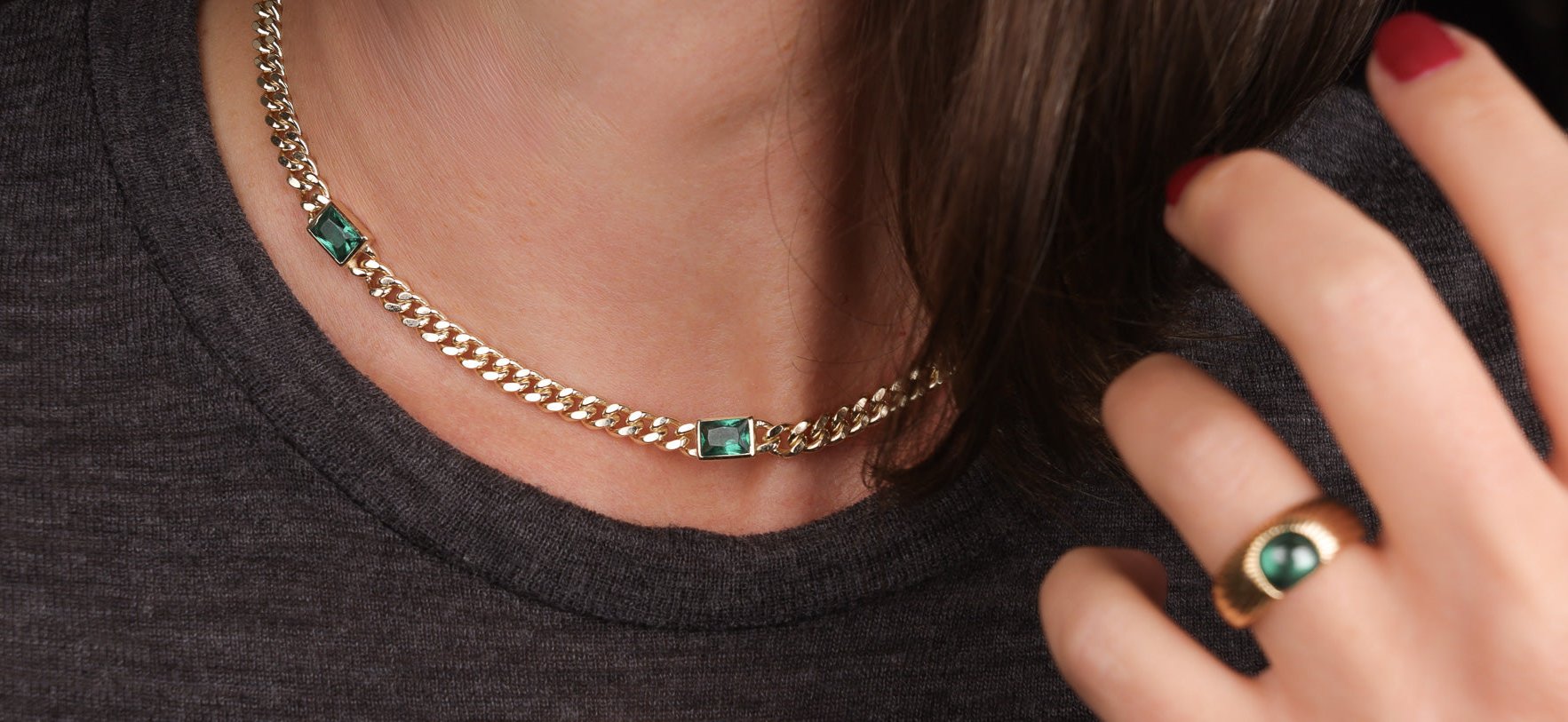Article: The Risk of Thin Engagement Rings: Beauty vs. Durability
The Risk of Thin Engagement Rings: Beauty vs. Durability
When it comes to engagement rings, aesthetics often steal the spotlight. The sparkle of the diamond, the elegance of the setting, and the overall design take center stage. But what about the often-overlooked element of an engagement ring—the band itself? Specifically, thin engagement bands. These dainty, delicate, thin engagement bands look so divine; however, there are hidden dangers associated with these delicate designs that deserve your careful consideration.
1. Prone to Damage:
Thin engagement bands are, by definition, more delicate. They are more susceptible to bending, warping, or even snapping under pressure. Everyday activities, such as carrying heavy bags or accidentally knocking your hand against a hard surface, can put your thin band at risk. Repairing or replacing such a delicate band can be both costly and emotionally taxing.
2. Durability Over Time:
Marriage is meant to last a lifetime, and so is your engagement ring. Thin bands, however, may not withstand the test of time. As years pass, daily wear and tear can take a toll, causing the band to thin out further or lose its original shape. Investing in a sturdier band ensures your ring remains as beautiful and meaningful as the day it was first placed on your finger.

3. Limited Resizing Options:
A thin engagement band leaves less room for resizing. Life changes, and so might your ring size. If you opt for a thin band that is already snug, future resizing can be a challenge. A thicker band offers more flexibility in this regard, accommodating potential size adjustments with ease.
4. Risk to Accent Stones:
If your engagement ring features accent stones along the band, a thin design can put them at risk. The smaller prongs and settings on a thin band may not provide adequate protection to keep these stones secure. Choosing a thicker band can help ensure the safety of your precious gemstones.

5. Maintenance and Cleaning:
Cleaning and maintaining a thin band can be trickier. The delicate nature of the band may require more frequent professional cleaning and inspection to ensure the structural integrity remains intact. Thicker bands tend to be more forgiving and easier to maintain.
6. Personal Comfort:
Comfort is a crucial consideration. Thin bands can sometimes feel less comfortable than their thicker counterparts, especially if you are not accustomed to wearing jewelry regularly. Ensuring that your engagement ring is comfortable for everyday wear is essential for a harmonious experience.
While the allure of thin engagement bands is undeniable, it's crucial to weigh the potential dangers against their aesthetic appeal. Your engagement ring symbolizes a lifetime commitment, and choosing a band that combines beauty with durability is a wise investment. At Magdalene Pivoine, we strongly recommend a minimum band width of 2.2mm for pave settings and 1.8mm for solitaire designs, as this will ensure the longevity of your engagement ring. Ultimately, the decision is a personal one, but being informed about the potential pitfalls of thin bands empowers you to make the choice that best suits your preferences and lifestyle.








